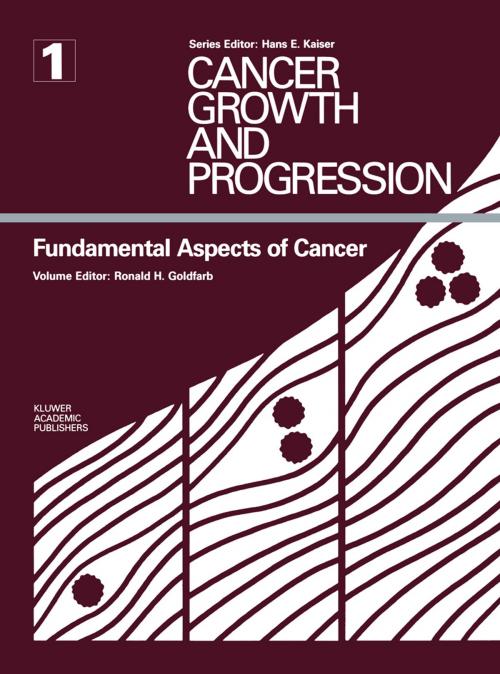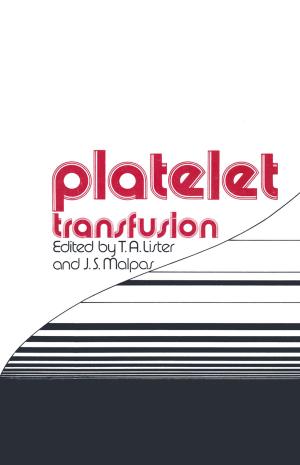Fundamental Aspects of Cancer
Nonfiction, Health & Well Being, Medical, Specialties, Pathology, Oncology| Author: | ISBN: | 9789400910898 | |
| Publisher: | Springer Netherlands | Publication: | December 6, 2012 |
| Imprint: | Springer | Language: | English |
| Author: | |
| ISBN: | 9789400910898 |
| Publisher: | Springer Netherlands |
| Publication: | December 6, 2012 |
| Imprint: | Springer |
| Language: | English |
Individual neoplastic diseases often show discrete growth direct effect of tumor metastases or to adverse consequences patterns subject to many modifications according to the associated with these therapeutic modes (e.g., complications stage of the disease, the species involved and the tumor type of immunosuppression which can lead to mortality arising concerned. Primary neoplasms are less difficult to treat in from infectious disease). contrast to secondary neoplasms. The chief type of secon It is therefore quite clear that there is a crucial need for dary neoplastic growth, metastasis, is also comparatively new methods for the detection of micrometastases and the development of new modalities for the treatment of estab less well understood. Phylogenetically, metastasis attains its highest level of development in the mammal and is best lished metastases. It is likely that such modalities must known in man, but is still far from being understood. overcome tumor heterogeneity and drug resistance to yield new therapeutic modalities with improved margin of safety The process of cancer growth and progression, from the initiation of neoplastic transformation of normal cells to the and efficacy over currently available anti-neoplastic drugs.
Individual neoplastic diseases often show discrete growth direct effect of tumor metastases or to adverse consequences patterns subject to many modifications according to the associated with these therapeutic modes (e.g., complications stage of the disease, the species involved and the tumor type of immunosuppression which can lead to mortality arising concerned. Primary neoplasms are less difficult to treat in from infectious disease). contrast to secondary neoplasms. The chief type of secon It is therefore quite clear that there is a crucial need for dary neoplastic growth, metastasis, is also comparatively new methods for the detection of micrometastases and the development of new modalities for the treatment of estab less well understood. Phylogenetically, metastasis attains its highest level of development in the mammal and is best lished metastases. It is likely that such modalities must known in man, but is still far from being understood. overcome tumor heterogeneity and drug resistance to yield new therapeutic modalities with improved margin of safety The process of cancer growth and progression, from the initiation of neoplastic transformation of normal cells to the and efficacy over currently available anti-neoplastic drugs.















